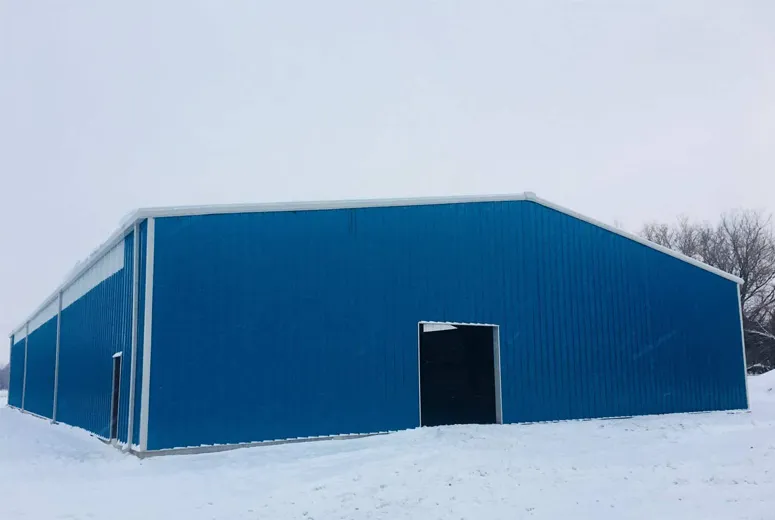- Afrikaans
- Albanian
- Amharic
- Arabic
- Armenian
- Azerbaijani
- Basque
- Belarusian
- Bengali
- Bosnian
- Bulgarian
- Catalan
- Cebuano
- Corsican
- Croatian
- Czech
- Danish
- Dutch
- English
- Esperanto
- Estonian
- Finnish
- French
- Frisian
- Galician
- Georgian
- German
- Greek
- Gujarati
- Haitian Creole
- hausa
- hawaiian
- Hebrew
- Hindi
- Miao
- Hungarian
- Icelandic
- igbo
- Indonesian
- irish
- Italian
- Japanese
- Javanese
- Kannada
- kazakh
- Khmer
- Rwandese
- Korean
- Kurdish
- Kyrgyz
- Lao
- Latin
- Latvian
- Lithuanian
- Luxembourgish
- Macedonian
- Malgashi
- Malay
- Malayalam
- Maltese
- Maori
- Marathi
- Mongolian
- Myanmar
- Nepali
- Norwegian
- Norwegian
- Occitan
- Pashto
- Persian
- Polish
- Portuguese
- Punjabi
- Romanian
- Russian
- Samoan
- Scottish Gaelic
- Serbian
- Sesotho
- Shona
- Sindhi
- Sinhala
- Slovak
- Slovenian
- Somali
- Spanish
- Sundanese
- Swahili
- Swedish
- Tagalog
- Tajik
- Tamil
- Tatar
- Telugu
- Thai
- Turkish
- Turkmen
- Ukrainian
- Urdu
- Uighur
- Uzbek
- Vietnamese
- Welsh
- Bantu
- Yiddish
- Yoruba
- Zulu
Nov . 24, 2024 14:28 Back to list
Understanding the Costs of Metal Building Warehouses
In today's rapidly evolving industrial landscape, metal building warehouses have gained significant popularity due to their durability, flexibility, and cost-effectiveness. For businesses looking to invest in warehouse space, understanding the cost dynamics associated with metal buildings is crucial. This article aims to explore the key factors influencing warehouse costs, providing a comprehensive overview for potential investors and business owners.
The Rising Popularity of Metal Buildings
Metal buildings, particularly those made from steel, are increasingly being used for a variety of applications, including warehouses, sports facilities, and even residential structures. Their popularity can be attributed to several advantages they are strong, resistant to weather extremes, and often require less maintenance than traditional wooden structures. Additionally, the versatility of metal allows for a variety of designs and sizes, accommodating diverse operational needs.
Factors Influencing Costs
When it comes to constructing a metal building warehouse, several factors play a crucial role in determining the overall cost
. These include1. Size and Design The size of the warehouse is one of the most significant cost determinants. Larger structures require more materials and labor, thus increasing expenses. Additionally, the complexity of the design can affect costs. A straightforward design with fewer architectural features will typically be more economical than a customized building featuring intricate designs.
2. Materials and Quality The type of metal used in construction, as well as its quality, can significantly influence costs. For example, higher-grade steel may be more expensive but offers greater longevity and resilience. Other materials, such as insulation and roofing components, also contribute to the overall cost. Investing in superior materials can lead to lower maintenance costs in the long run.
3. Site Preparation The condition of the land where the warehouse will be built can impact expenses. Site preparation may involve clearing, grading, and laying foundations, all of which can be labor-intensive and costly. If the site requires extensive work to make it suitable for construction, this will inevitably drive up the total cost.
metal building warehouse cost

4. Labor Costs Labor expenses can vary significantly based on location. In regions where the demand for construction workers is high, labor costs may soar, whereas areas with an ample supply of workers might see lower rates. Additionally, specialized labor for intricate designs can further add to expenditures.
5. Permitting and Regulations Before commencing construction, businesses must secure the necessary permits and adhere to local regulations. The costs associated with permits can vary widely depending on the region, and non-compliance can result in fines or construction delays, further inflating expenses.
6. Cooling and Heating Systems Depending on the geographical location of the warehouse, climate control systems can add substantial costs. For instance, warehouses located in extreme weather areas may need robust heating or cooling solutions, which can increase the initial investment significantly.
The Cost Breakdown
A general estimate for a metal building warehouse ranges from $10 to $40 per square foot, depending on the factors mentioned above. This price typically includes materials, labor, and basic site preparation. For a standard warehouse around 5,000 square feet, one can expect the overall cost to be between $50,000 and $200,000, excluding additional features like loading docks, office spaces, or advanced climate control systems.
Long-Term Considerations
While the initial investment in a metal building warehouse may seem daunting, it’s essential to consider the long-term benefits. Metal structures generally offer lower operational costs due to their energy efficiency and reduced maintenance requirements. Additionally, many insurance companies offer lower premiums for metal buildings because of their resilience to natural disasters.
Conclusion
Investing in a metal building warehouse can be an excellent decision for businesses looking to expand their operational capacity. By understanding the various factors that influence costs, potential investors can make informed decisions that align with their financial goals. Careful planning and consideration of both upfront and long-term expenses will ensure that businesses not only choose the right building but also optimize their investment for years to come.
-
How Do Prefabricated Steel Structures Transform Modern Construction?
NewsJul.14,2025
-
How Do Prefabricated Metal Buildings Redefine Modern Construction?
NewsJul.14,2025
-
How Do Prefab Insulated Metal Buildings and Steel Structures Revolutionize Modern Construction?
NewsJul.14,2025
-
How Do Pre - Engineered Steel Structures Redefine Modern Construction?
NewsJul.14,2025
-
Advancing Modular Construction with Prefabricated Metal Structures
NewsJul.14,2025
-
Advancing Industrial Infrastructure with Prefabricated Steel Solutions
NewsJul.14,2025
Products categories
Our Latest News
We have a professional design team and an excellent production and construction team.












